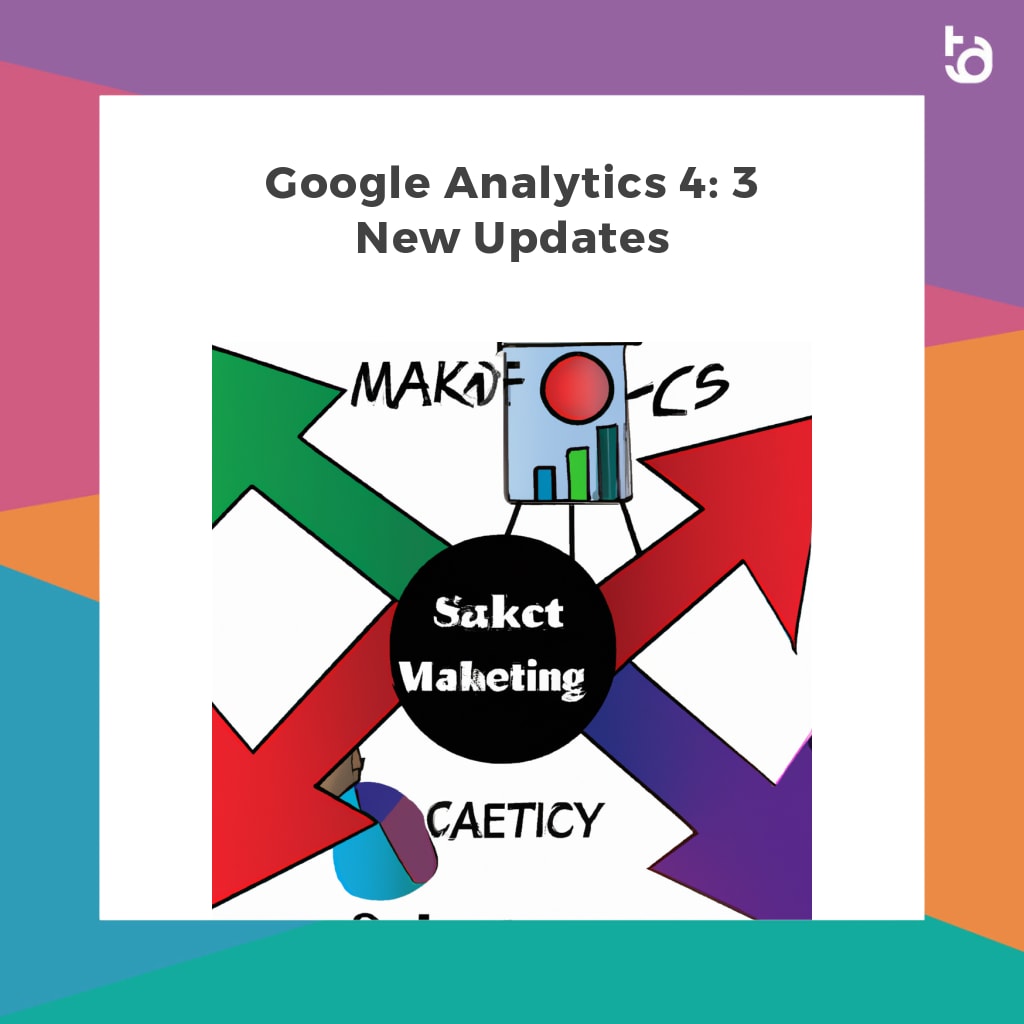Google Analytics 4 (GA4) is Google’s latest version of its digital analytics and optimization platform. Since its release in October 2020, it has been rapidly adopted by businesses worldwide and is quickly becoming the new industry standard for analytics. In this blog post, we’ll take a look at the key features of GA4 and highlight three of its newest updates.
What is Google Analytics 4?
Google Analytics 4 is an evolution of the existing Universal Analytics platform and provides businesses with more accurate data and more powerful insights. It features a new data model and algorithm that enables users to better identify and measure user engagement and behaviors across platforms. It also provides users with more control over the data they collect and how they process it.
Key Features of GA4:
• Predictive and prescriptive insights: GA4’s machine learning capabilities allow users to better understand user behavior and make informed decisions about how to optimize their digital experiences.
• Enhanced data privacy options: GA4’s new data privacy options provide users with more control over the data they collect and how it’s used.
• Multi-platform integration: GA4 allows users to measure user engagement across multiple platforms and channels, including web, mobile, email, and social media.
• Enhanced reporting and visualizations: GA4’s new reporting and visualization capabilities provide users with more in-depth insights into user behavior and engagement.
• Custom dimensions and metrics: GA4 allows users to customize the data they collect and measure with more granular metrics and dimensions.
Three new Google Analytics 4 Updates:
• Support for Google Tag Manager
Google recently announced the support for Google Tag Manager (GTM) in GA4, which makes it easier for users to manage and deploy their tags. This means users can now deploy their Google Analytics tracking code via GTM, in addition to deploying it directly within their site or app.
• Advanced Ecommerce Reporting
GA4 now supports Advanced Ecommerce reporting, allowing users to measure and analyze user actions taken on their ecommerce sites, including product page views, product adds to cart, purchase transactions, refunds and more.
• Integration with Big Query
GA4 now allows users to export their data directly to Google Big Query for further analysis and data manipulation. With Big Query, users can easily join Google Analytics data with other data sources, such as CRM data, for more in-depth insights into their user behavior and engagement.
Conclusion
Google Analytics 4 has quickly become the new industry standard for analytics and is being rapidly adopted by businesses around the world. It provides businesses with more accurate data, powerful insights, and better control over their data. With the addition of these three new updates, GA4 is now even more powerful and capable of providing users with deeper and more actionable insights.







